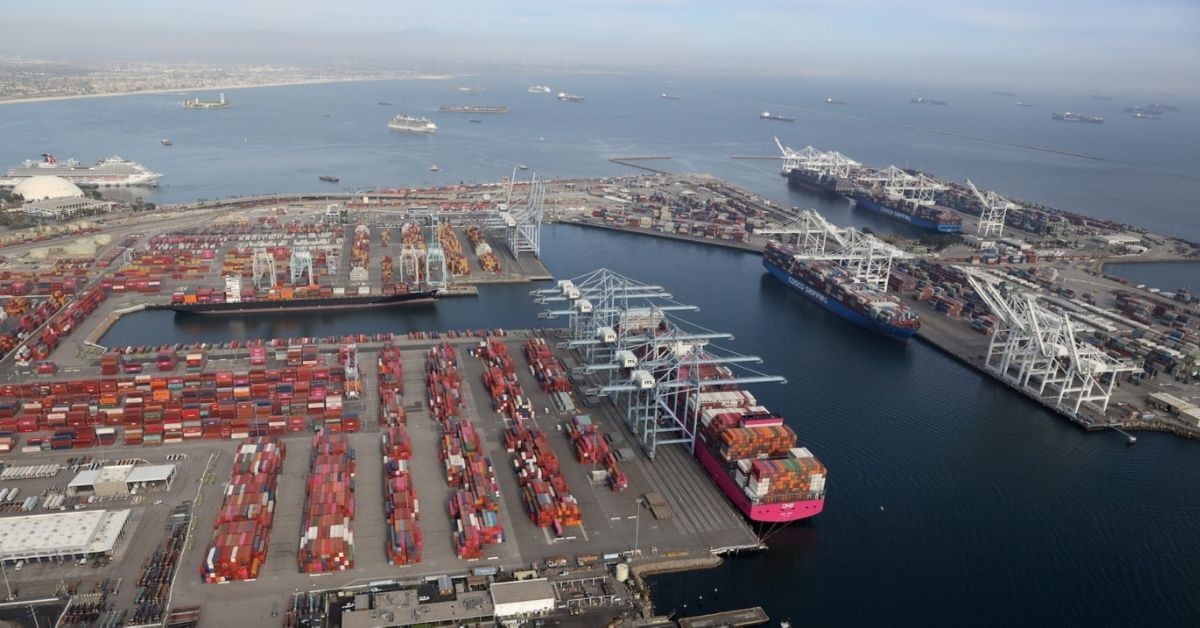After cumulative ocean carrier profits exceeded some $9bn for the final quarter of 2020, the returns for the liner industry could double that in Q1 this year.
Cosco Shipping told analysts last week it expected its Q1 net profit would reach a massive $2.3bn, compared with just $44m for the same period a year ago, after its average freight rate leapt 54% quarter on quarter.
“It will be another strong year for the container shipping industry,” said Shanghai-based Bank of Communications transport analyst Maggie Wang.
Maritime consultant Drewry agreed and said the container shipping market “had never been so hot”, the industry now in “unchartered waters” on the crest of an unprecedented business up-cycle.
“Using history as the only guide, the smart bet would be to think that the market will cool down fairly quickly, but these are not normal times,” said the consultant.
It argued that carriers were “set up nicely for at least another two very profitable years”.
While the huge freight rate inflation in the second half of last year was caused by a consumer consumption driven shift to goods during the pandemic, together with supply chain disruption and restricted capacity, the “return to normal keeps getting pushed back”, noted Drewry.
“Drewry’s working position is that port congestion and container equipment shortages will remain an unwanted feature throughout most of 2021, albeit lessening in degree as the months pass. This will further restrict the availability of capacity and lead to substantially higher average spot and contract rates.”
Indeed, carriers have successfully locked in substantial annual contract increases with shippers on the major tradelanes, with several reports to The Loadstar of “very one-sided negotiations” and “take it or leave” offers made by the shipping lines.
Moreover, carriers are also reducing the MQC (minimum quantity commitment) on contracts in order to allocate more space for even higher-paying spot and premium business.
And the increased confidence of carriers is reflected in their keenness to fix chartered-in tonnage for periods of three years or more at sky-high daily hire rates.
“With higher contract rates locked in, another highly profitable year is virtually guaranteed,” said Drewry, suggesting that despite operating cost headwinds of higher fuel or charter hire, the industry was on course to “re-set profitability records once again in 2021”.
For 2022, although Drewry expects to see some erosion in freight rates, it still thought that carriers would manage to stay “highly profitable” due to “favourable supply and demand growth trends alongside skilful capacity management”.
Thereafter, the picture appears to be less certain, given the recent rush to order new tonnage that will start hitting the water in the next two to three years.
“These ships are being ordered as if they are for today, not what the market will look like when they are ready for delivery… owners are risking paying top dollar for assets that will potentially end the container upcycle,” said Drewry.
It added that although carriers could look forward to “a prolonged and unprecedented upcycle”, it warned that if the acceleration of ship orders continued, there was a “risk of a return to overcapacity that will shorten the cycle”.
Source : G Captain







